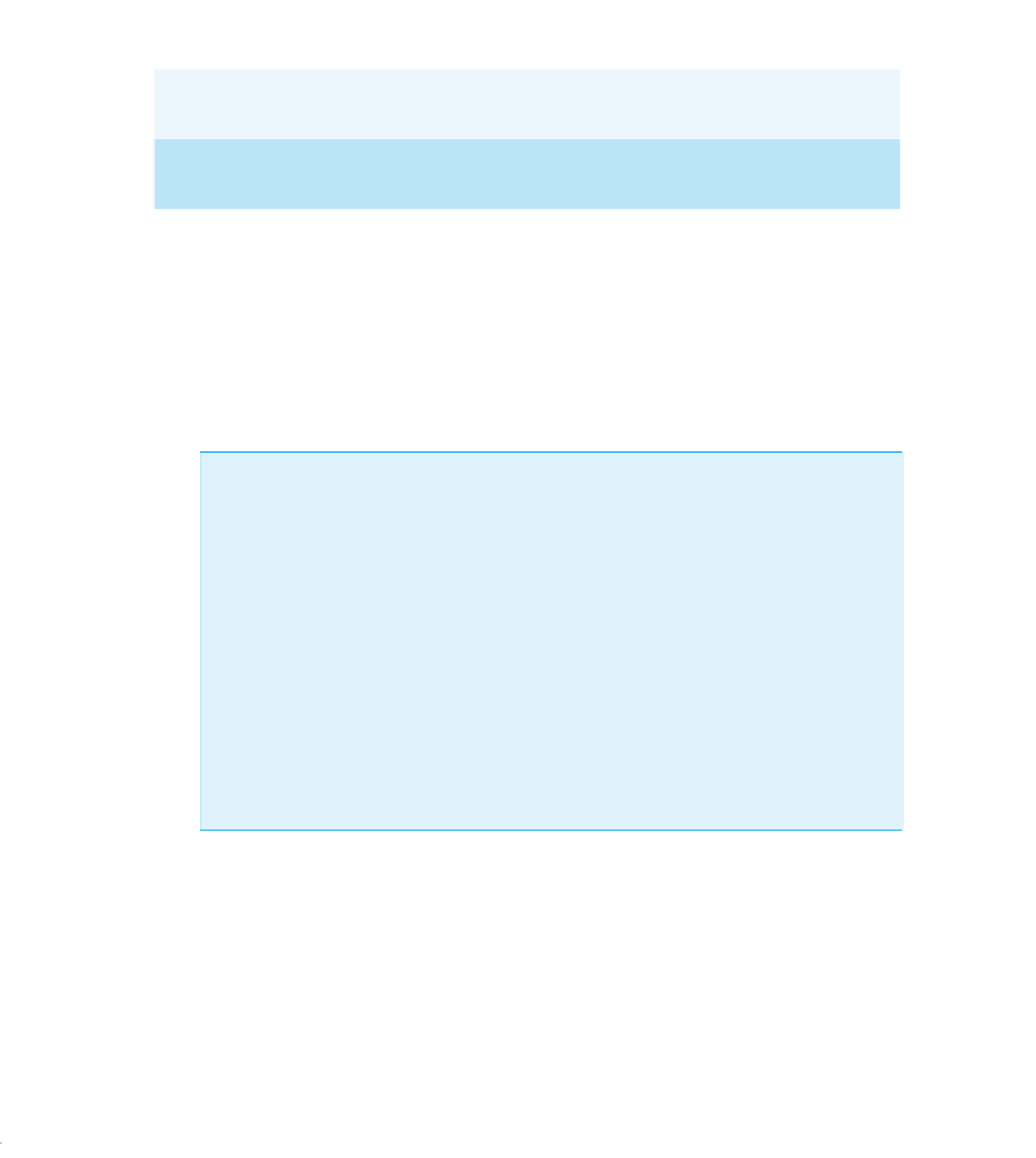Java Reference
In-Depth Information
Display 10.15
Some Methods in the Class
ObjectInputStream
(part 3 of 3)
public int
skipBytes(
int
n)
throws
IOException
Skips
n
bytes.
public void
close()
throws
IOException
Closes the stream's connection to a file.
The input stream for reading from the binary file
numbers.dat
is opened as follows:
ObjectInputStream inputStream =
new
ObjectInputStream(
new
FileInputStream("numbers.dat"));
Note that this is identical to how we opened a file using
ObjectOutputStream
in Dis-
play 10.13, except that here we've used the classes
ObjectInputStream
and
FileIn-
putStream
instead of
ObjectOutputStream
and
FileOutputStream
.
Opening a Binary File for Reading
You create a stream of the class
ObjectInputStream
and connect it to a binary file as
follows:
SYNTAX
ObjectInputStream
Input_Stream_Name
=
new
ObjectInputStream(
new
FileInputStream(
File_Name
));
The constructor for
FileInputStream
may throw a
FileNotFoundException
, which is a
kind of
IOException
. If the
FileInputStream
constructor succeeds, then the constructor
for
ObjectInputStream
may throw a different
IOException
.
EXAMPLES
ObjectInputStream inputFile =
new
ObjectInputStream(
new
FileInputStream("somefile.dat"));
After this, you can use the methods in Display 10.15 to read from the file.
ObjectInputStream
allows you to read input values of different types from the same
file. So, you may read a combination of, for example,
int
values,
double
values, and
String
values. However, if the next data item in the file is not of the type expected by the
reading method, the result is likely to be a mess. For example, if your program writes an
integer using
writeInt
, then any program that reads that integer should read it using
readInt
. If you instead use
readLong
or
readDouble
, your program will misbehave.
Note that, as illustrated in Display 10.16, you close a binary input stream in the
same way that you close all the other I/O streams we have seen.
reading
multiple
types
closing a
binary file




















